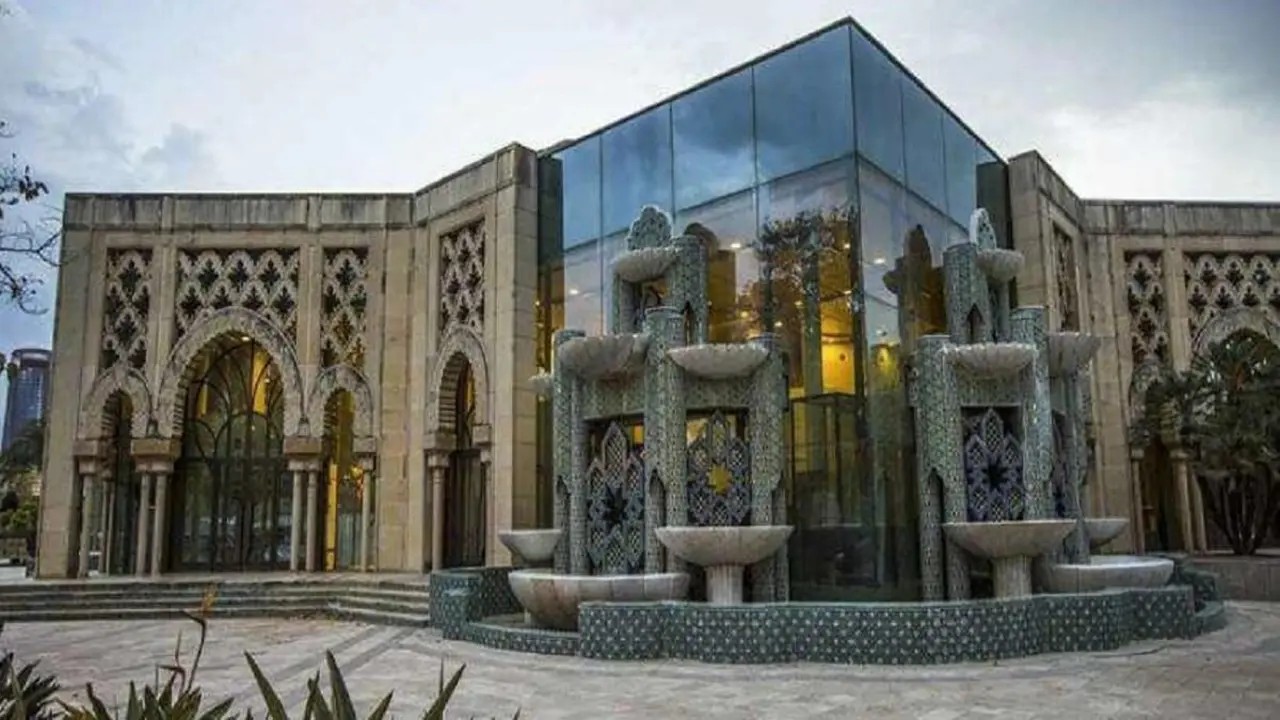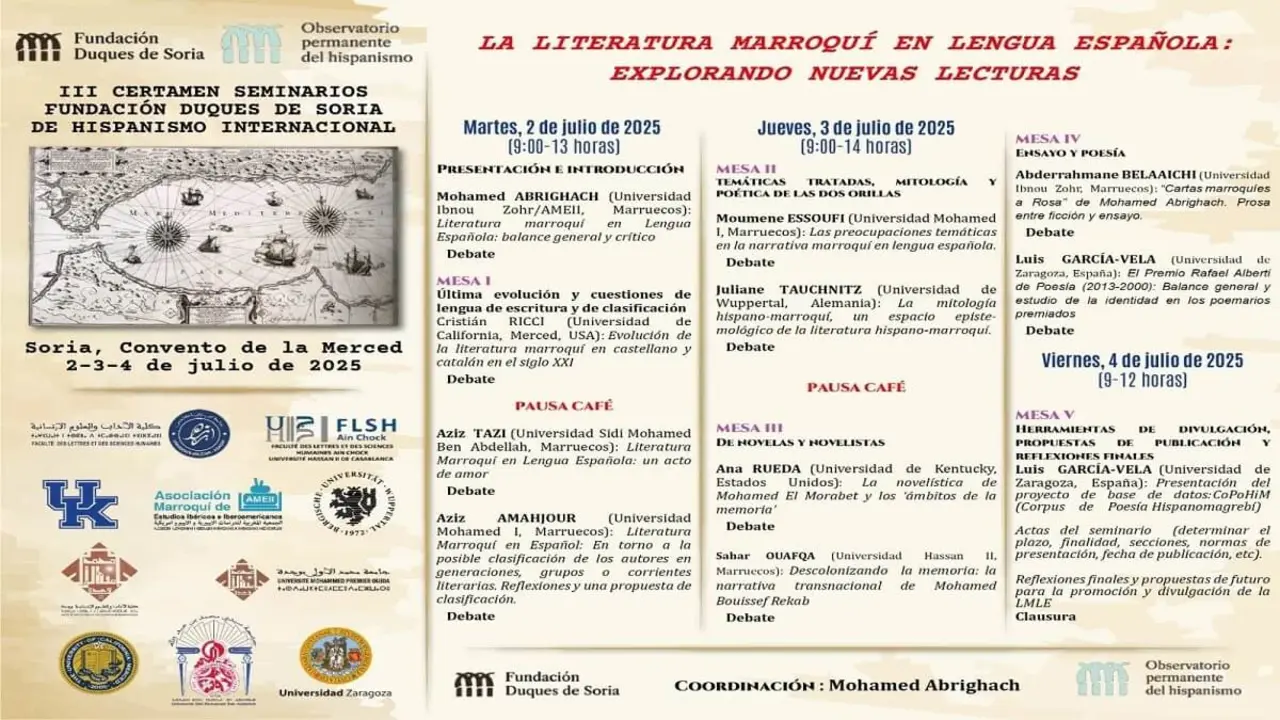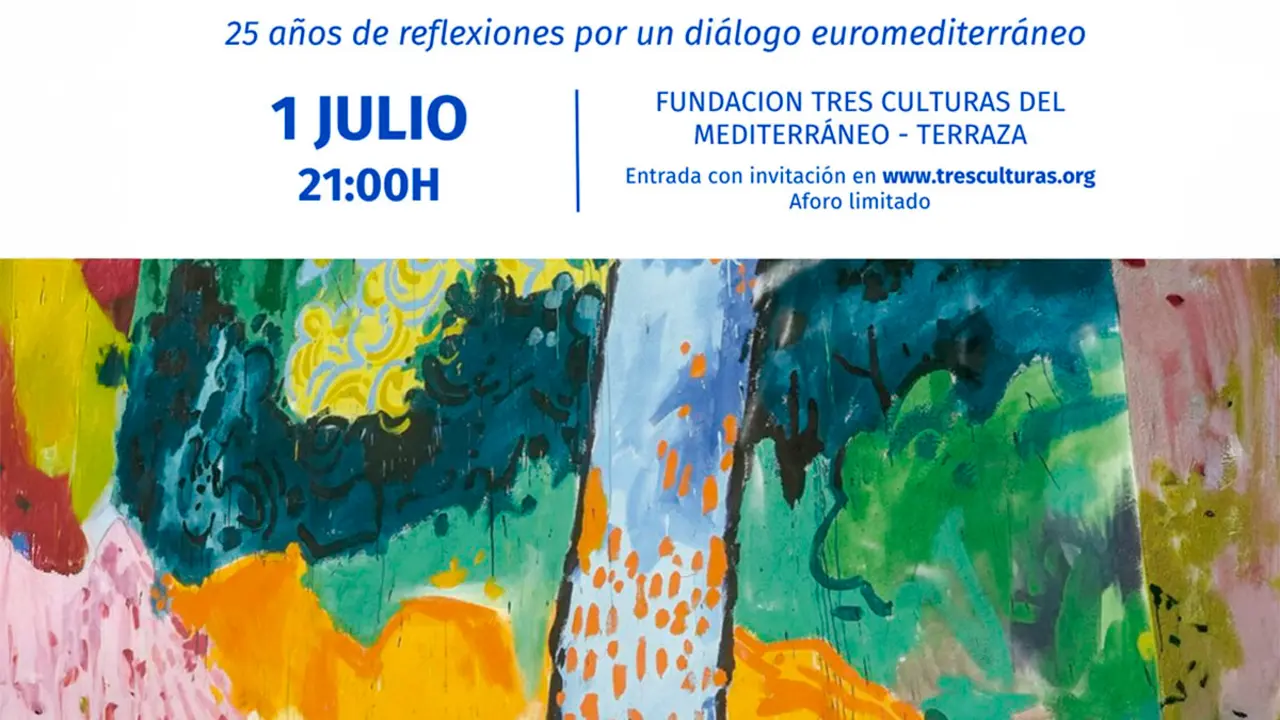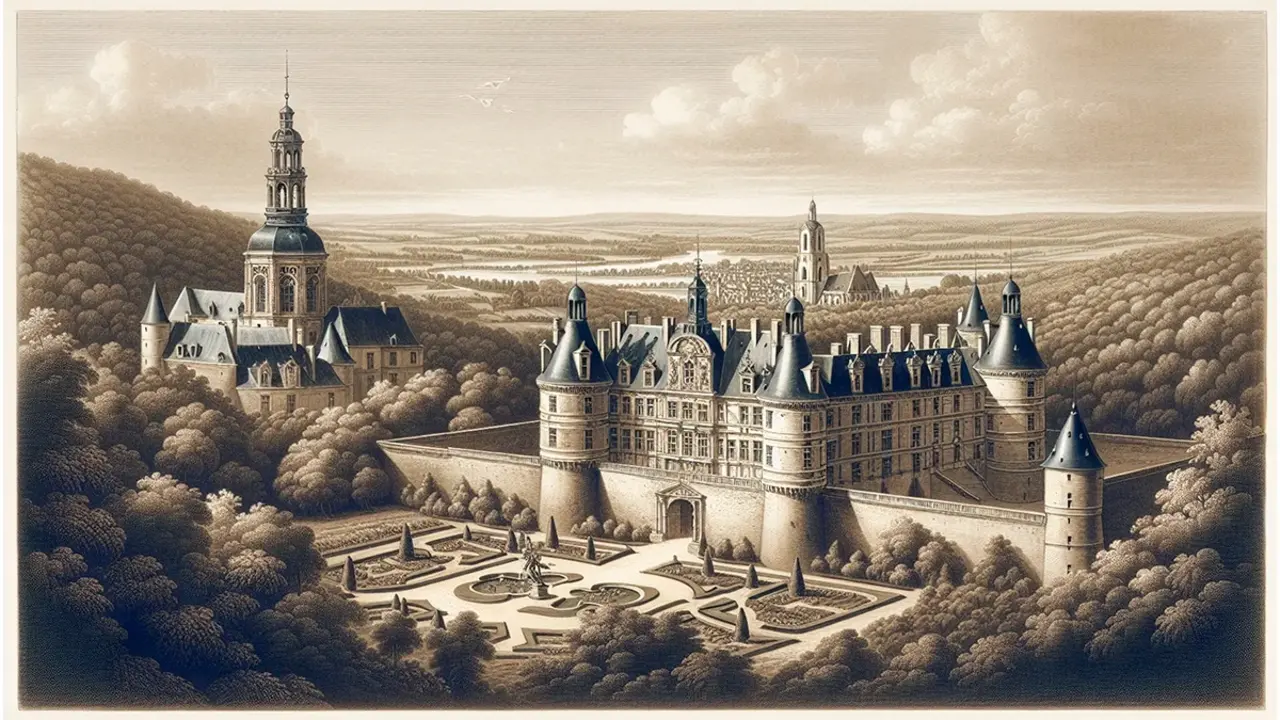"Tangier is not just a space or main character, but a symbol of peace, coexistence, freedom and progress"
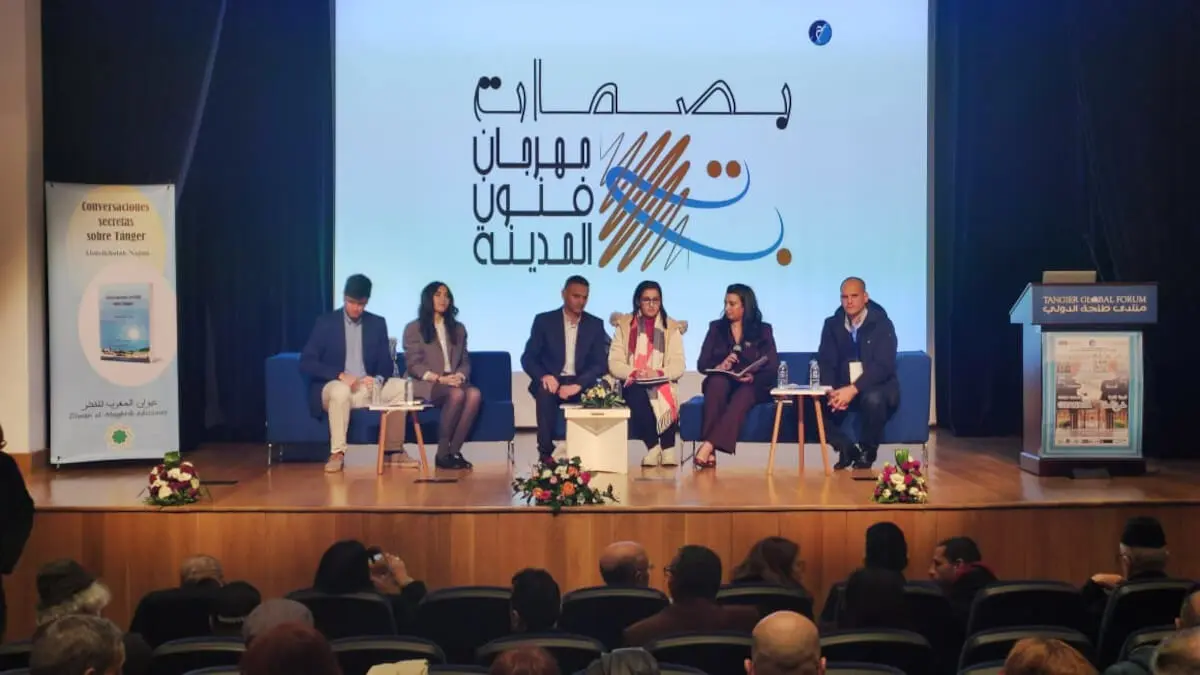
How was the presentation of your first book 'Secret Conversations about Tangier' in Tangier?
It was a total success, to be honest. The press, both in Arabic and Spanish, helped a lot in spreading the news of the publication. The assembly hall of the New England University was full of Tangier lovers. All copies are now sold out in Tangier. In addition, I have had very prominent speakers, the Moroccan journalist, Nidal Bouhmala made an extraordinary reading of the book and Tangier; the Spanish journalist, Adrian Cortes, also highlighted the importance of the questions and issues raised in the work; the Tetouanese academic, Boutaina Ben Amin noted that the work encompasses the representation of the city of Tangier in the press, film, art, and above all, in Spanish literature of the XXI century, and of course, the academic, professor at ISIT made an exhaustive analysis of the book.
Throughout history, Tangier has fascinated many celebrities from the world of literature, both Spanish and other nationalities. What criteria did you use when choosing your interviewees to reach this wonderful range of prestigious writers, painters and poets in love with the city of Tangier?
I didn't really take into account any particular criteria, just that they should be Spanish and have set their works wholly or partly in Tangiers. Of course, there are the most important ones, such as Cristina López Barrio, María Dueñas, Luis Molinos, Javier Valenzuela, Iñaki Martínez, among others. Some are already known, others not so well known, but I have tried to give them visibility, especially those who have not been highlighted, neither by the press nor by literary critics, and they are very good authors.

The book is not merely a compilation of interviews with writers, but also a window on the literary world in Spain. To what extent can it lead the reader to explore the secret relationship that links Spanish literature with Morocco, especially Tangiers?
Tangier in particular, and Morocco in general, remains a source of inspiration for writers, poets, filmmakers, photographers, artists, travellers and even ordinary people. But the city of the Strait enjoys a privilege due to several factors, including history, geography, culture, the Spanish language in the city, all of which encourage and motivate authors to set their works in Tangier. The prologue of the book 'Conversaciones secretas sobre Tánger' is written by Carmen Ruiz Villasante, who explains it well, and I take this opportunity to thank her for her excellent work.
According to the interviewees, what are the values that Tangier transmits to humanity?
Very good question. Throughout history, Tangier has been a place of peace, tolerance and coexistence between the three monotheistic religions and other faiths. Tangier is a sign of freedom, progress and security. It was a refuge for Spaniards during the civil war, for Europeans during the two world wars and now it is a transit point for Africans. In the book we highlight these values through the 32 selected interviews. Tangier is not only a place or a main character, but a symbol of peace, coexistence, freedom and prosperity. It is impossible to talk about Tangier's present without its past when it was the diplomatic capital of the Kingdom of Morocco and above all when it was an international city.
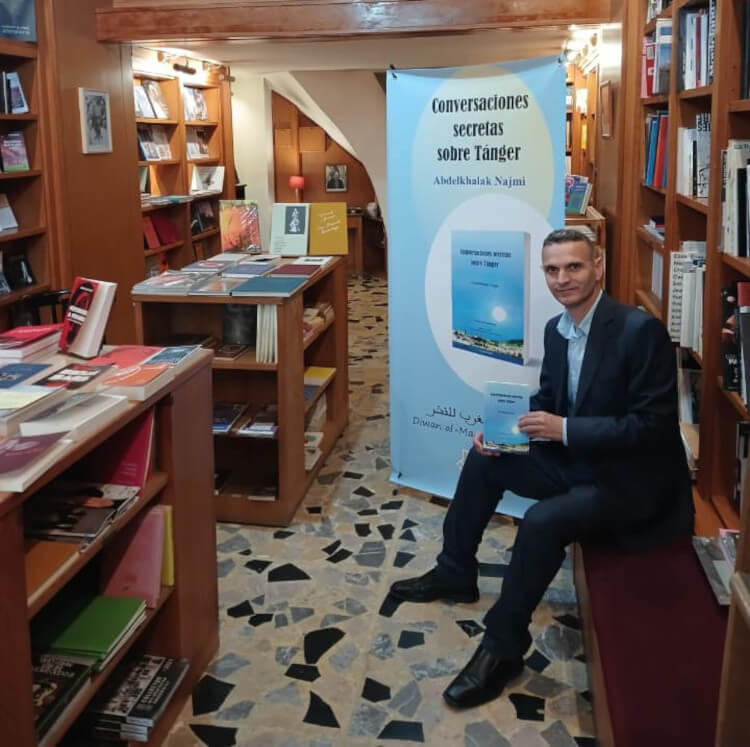
We are talking to writers, poets, artists and journalists. What do you mean by the adjective "secret", is it a commercial necessity or were some interviews conducted on the sly?
Tangier occupies a central place in noir literature and cinema, so there are always detectives, secret subjects, spies; in fact, it is a mysterious city. On the one hand, there is also the idea of attracting the attention of the Spanish reader, above all, the cover made by a Tangier artist is a marvellous work of art. On the other hand, it is true that almost all the interviews have not been published in the press, so I try to bring out what has not been published by authors about Tangier.
Tangier has ceased to be a city to become a crucial character in contemporary Spanish literature. How can you describe this emblematic character as these writers see it?
Tangier figures in most of the works as a central and feminine character, many relate her to a femme fatal. I don't think it's a coincidence that in the rest of Morocco she is called 'The Bride of the North'. In many Spanish works, literary or artistic, the city acquires such importance that it becomes a central character in the story told, the picture painted or the film shot. Several literary works are worth mentioning in this case: El pan a secas by Mohamed Chukri, La vida perra de Juanita Narboni by Ángel Vázquez, El año que viene en Tánger by Ramón Buenaventura, Reivindicación del conde don Julián by Juan Goytisolo, Un largo sueño en Tánger by Antonio Lozano, Niebla en Tánger by Cristina López Barrio, Más allá, Tánger by Álvaro Valverde, Tangerina and Limones negros by Javier Valenzuela and the list is very long, may other authors forgive me.

What can you tell us about the mix of cultures in Tangiers: Moroccan, Spanish, French, Portuguese and Italian?
Tangier is already a literary trademark in contemporary Spanish literature. All authors, painters and film-makers prefer to set their works in the city of the Strait of Gibraltar, as it is there that they are almost guaranteed success. There are some factors that can only be found in Tangier: the geographical location, the unique history and the mixed, polyglot and open population. Many citizens from many countries have passed through here over the centuries and throughout its history.
What are your plans for the future?
After the success of the play in Tangiers, it is now time to present it on 20 January in Barcelona, then in Granada, Algeciras, Salamanca and Madrid. There are many lovers of Tangiers and Morocco in Spain, more than we imagine. On the other hand, the lecturer at the University of Salamanca, Lidia Fernández, together with myself, are working on a joint translation, from Arabic into Spanish, of the novel Cementerio del Mediterráneo (Cemetery of the Mediterranean) by the Libyan author Mohamed Abdelmotaleb Al Haouni.



